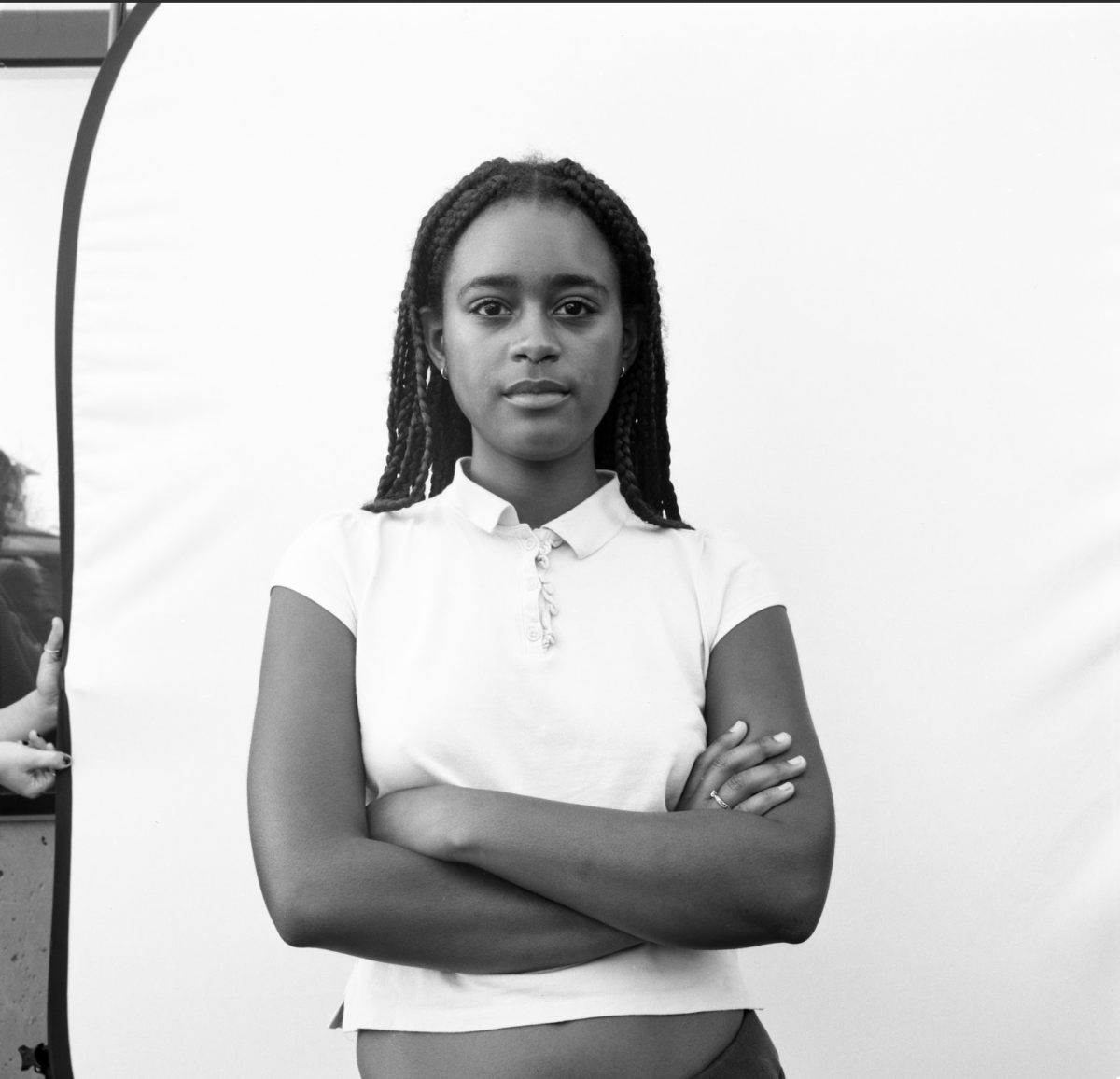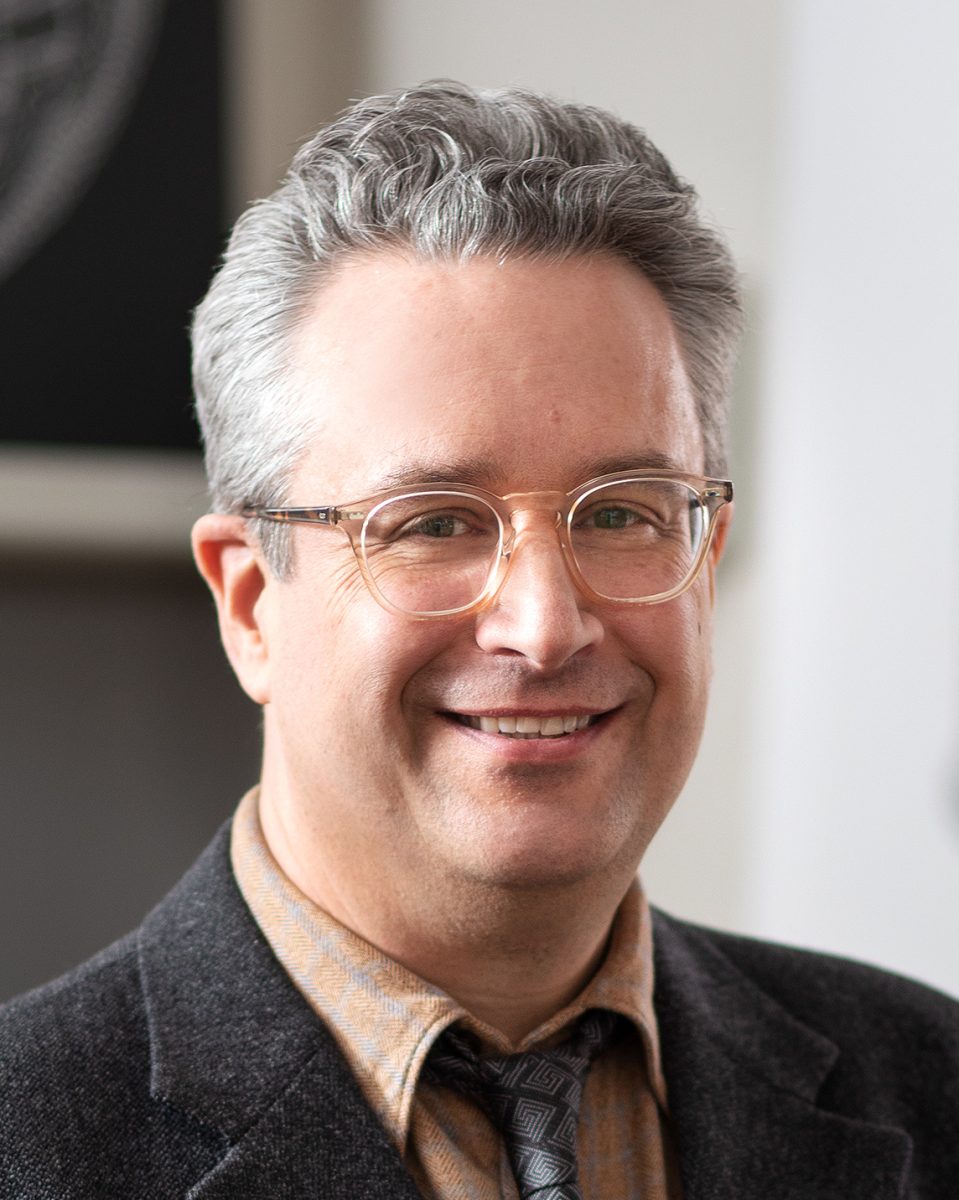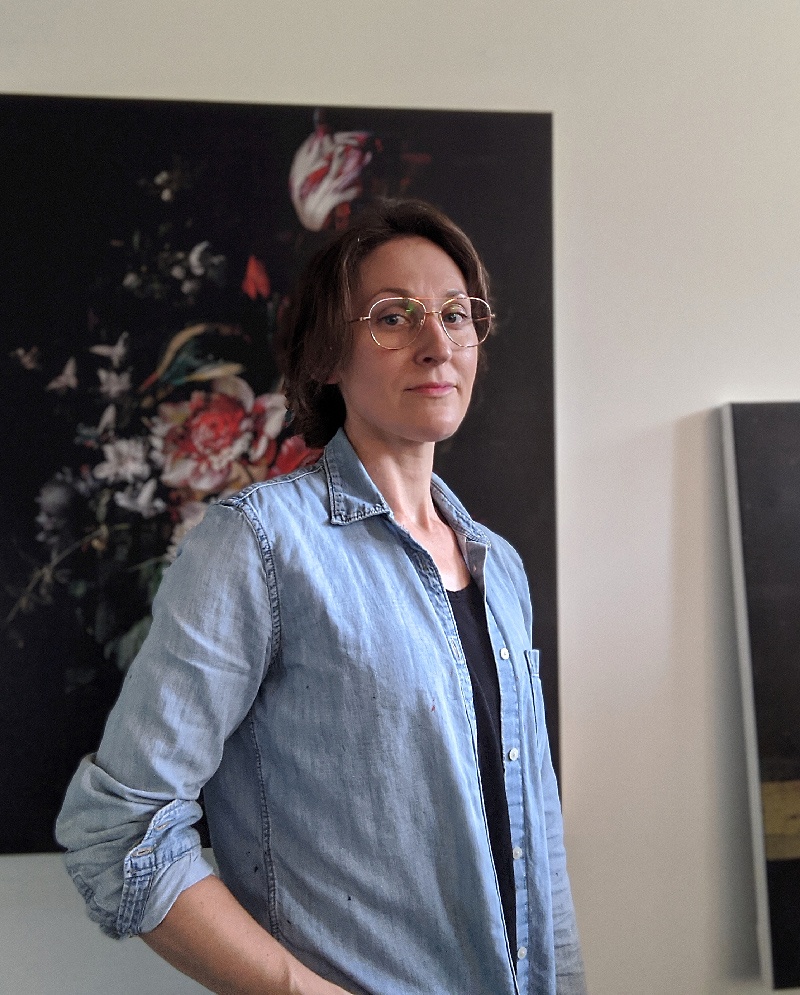Matthew Rarey is an associate professor of African and Black Atlantic Art History, as well as the chair of the Art History department. His book, Insignificant Things: Amulets and the Art of Survival in the Early Black Atlantic recently won the 2024 Charles Rufus Morey Book Award from the College Art Association, as well as the Arnold Rubin Outstanding Publication Award from the Arts Council of the African Studies Association. Additionally, his 2019–2020 exhibition at the Allen Memorial Art Museum, co-curated with Andrea Gyrody, was shortlisted for a 2024 award for Curatorial Excellence from the ACASA.
This article has been edited for length and clarity.
Could you give a brief description of your book, Insignificant Things?
It traces the history of a group of enslaved Africans and some other people of African descent who, in the early 1700s and 1800s, were arrested by various colonial authorities for making small amulets that protected themselves from violence, bullet wounds, and gunshots. The argument of the book is that these small objects — some of which still survive in colonial archives — are critical to understanding the history of art in the Black Atlantic world for centralizing the contributions of Africans and enslaved people inside of that nexus, as well as basically reconceptualizing what the history of art looks like.
What was the writing process like for you?
Hard — really hard. I find writing to be anxiety-inducing and very slow going. That may be because my arguments tend to be really complicated, and I try to make very big and important points when I write. The research aspect was also hard. It required me to learn 17th- and 18th-century Portuguese art and orthography. I had to travel to archives in Brazil, West Africa, and Portugal. I had to ask for various high-level permissions to see a few of these objects that still exist. I had to read really widely across a wide variety of languages. The book has sources in Latin, Spanish, Italian, French, Portuguese, and Arabic. Constructing all of the arguments and putting them together in a narrative thread took me about 10 years.
What was the experience of winning the Charles Rufus Morey Book Award like for you?
Overwhelming. When you publish a book with an academic press, they send you a publicity questionnaire, and usually they will put your book up for various awards. I listed five awards I thought could be competitive. The last one I listed was the Charles Rufus Morey Book Award from the College Art Association, thinking there was absolutely no way I was going to win this. It was the longest of long shots for me. Historically, the award has a reputation for being somewhat conservative. They announced who the five finalists were, and then a month later they announced the winner. There were books about Latinx printmakers working in contra-colonial artist residencies in the U.S. There were books about the history of Tenochtitlan in Mexico. There were books about the lives of monuments and the sort of afterlives that they live in cities. I thought these books really pushed what art history is and what it can be, really trying to incorporate new and diverse voices inside of it. I was happy to see that and to get the notification that I had won and that I was going to receive the award in Chicago, which is home for me.
What about the Arnold Rubin Outstanding Publication Award?
I was one of four winners of that prize this year. The award is given every three years for excellence in scholarship on the visual cultures of Africa and the African diaspora. Insignificant Things is the first book to win that prize and the Charles Rufus Morey Award; no other book has won both. If I said the first award was overwhelming, winning both was a lot.
The circumstances of me getting the second award will actually sit with me for a long time. That one was also in Chicago. I was given it at a student center at DePaul University, which was two blocks from where I wrote most of the book.
As I was sitting there processing it, in the audience were some of my earliest mentors from even when I was an undergraduate. Also in the audience were my first two Oberlin advisees to go to graduate school for African art history. I was feeling very emotionally overwhelmed, and it was a very full-circle moment as I went to sit back down at my table with my friends.
And the award for your exhibition at the AMAM?
It had already won a prize from the Association of Art Museum Curators, but it was shortlisted for an award for Curatorial Excellence from the Arts Council of the African Studies Association. It would have been up for an award cycle in 2020, but the conference was canceled in 2020 and delayed. It was really nice that even four years later, it was recognized as one of the the top exhibitions in African and diaspora art history in the world.
I’ve had pretty severe imposter syndrome my entire career, and the range of recognition that my work has received recently has caused me to sort of rethink how I think about myself in relation to how others see me and gave me a little more confidence in the points that I’m making. I was chatting with a colleague about this. When you write something, it seems obvious to you because you’re the one writing it, but it’s causing me to think that maybe we all just need to have a little more confidence in our own voices. Maybe what we’re thinking is more important to other people than we think it is, more novel than we think it is.
How does your experience at Oberlin inform your work?
One of the things I love about teaching here is that the students are so engaged and have such a diversity of background experiences, and they’re so energetic and eager to delve into the material. I can process things back and forth with them in ways that I didn’t necessarily anticipate. Thinking about my advanced seminar on slavery and visual representation, my course on Afro-Brazilian art history, early iterations of the arguments that eventually manifested in the book — I worked through those in some of the seminar classes. Additionally, the faculty relationships I’ve developed here have caused me to be a much more interdisciplinary thinker than I think would necessarily be available to me at other kinds of institutions.
Conversely, how does your work outside of Oberlin inform your teaching?
I’m somebody who loves working closely with material objects. I love working closely with archives — I always have, and I try to factor that into my teaching. I like to focus on particular things for long periods of time. I’m very object-centered, but it also means I like curatorial work. I remember what it’s like to be an undergraduate, and a part of me wishes I was one again. That’s why I like working at an institution that’s so focused on undergraduate education. When I’ve curated exhibitions, I try to involve students in those. The curatorial practice and working closely with archival materials is what excites me about art history, and I want to convey that back to the students.
What are you working on now?
I’m working on a second book about thinking about the history of early modern cartography from a wide variety of Black perspectives — either Black folks as actual cartographers who are making maps, or to think about the ways that Black histories of place, migration, settlement, and fugitivity are being systematically erased on colonial cartography. The book is about those tensions, but it’s also about the way that a series of contemporary artists now, especially in Brazil, are working with early modern maps as a kind of counter-colonial framework.












